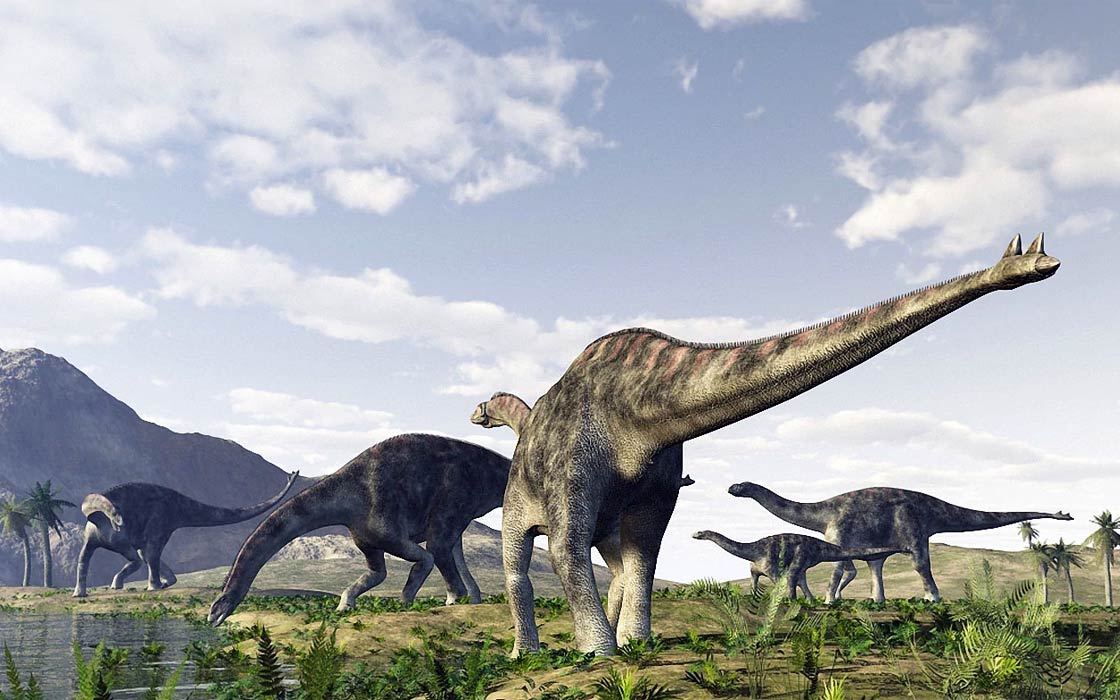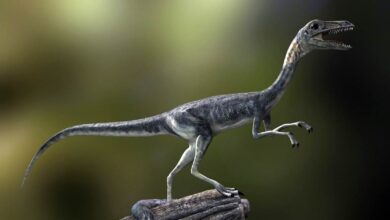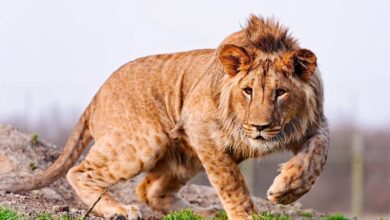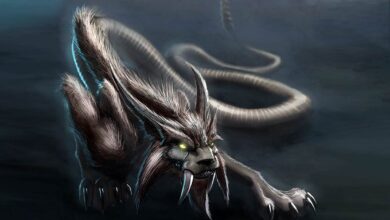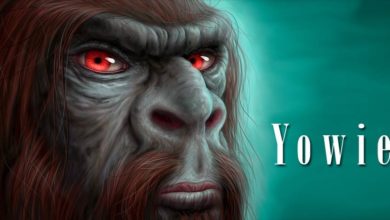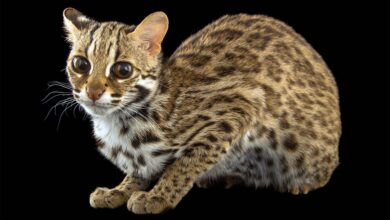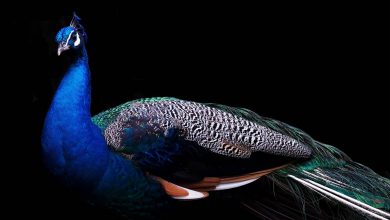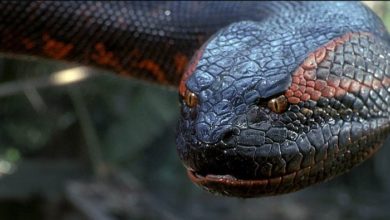The first discovered dinosaurs – Cetiosaurus
Cetiosaurus – the first sauropod discovered
The first dinosaur bone was described in 1677 by museum curator Robert Plot in a book entitled The Natural History of Oxford-shire. Plot included a drawing of a fragment of a large bone, which, according to contemporary views, he considered to be the remains of a human giant. The drawing is so precise that years later it allowed to state that the specimen was part of the bones of a large carnivorous dinosaur (later recognized as the femur of a Megalosaurus).
Cetiosaurus, the first discovered sauropod
This huge herbivorous dinosaur was as long as whales. When it was named Cetiosaurus (“the whale lizard”) in 1841, it was the largest known land animal. It had a moderately long neck, a bulky body, and a relatively short tail. The first indication that giant dinosaurs once walked on the Earth was the caudal vertebrae of a Cetiosaurus discovered in Oxfordshire in 1809.
In the 1830s, several great bones excavated in Oxfordshire were given to Oxford University geologist the Reverend William Buckland. The French comparative anatomist, Baron Georges Cuvier, labeled them as whale bones, although no Mesozoic whale bones were known. His British colleague Sir Richard Owen later questioned the whale nature of the remains and concluded that they belonged to a large, streamlined animal that swims like a crocodile with lateral curves of the tail.
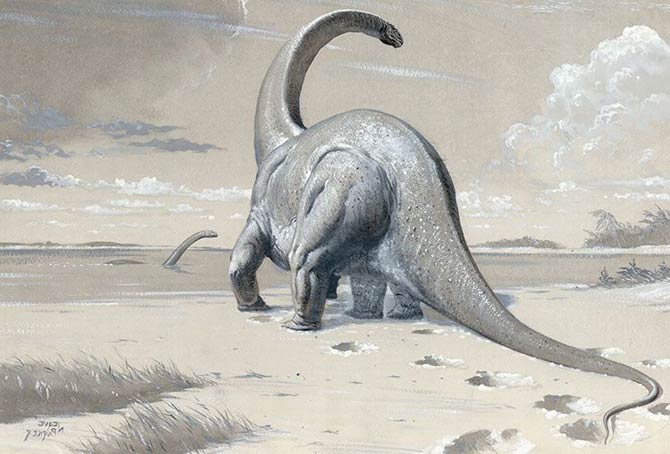
Further discoveries
Subsequent finds have challenged this interpretation. In 1848, prof. John Phillips discovered a femur as tall as a man. It clearly indicated the terrestrial lifestyle of the animal. Finally, in 1869, an almost complete skeleton was excavated from the rocks of English Oxfordshire. Thomas Henry Huxley, a promoter of Darwin’s theory of evolution, finally unraveled the mystery of the identity of the mysterious giant. He stated that Cetiosaurus was just a huge four-legged reptile, perhaps as heavy as 5 modern elephants.
The first scientific discovery of dinosaurs, however, is credited to Dr. Gideon Mantell and his wife, Mary Ann. Mantell was a physician who, apart from medicine, was keenly interested in the fossils often found in the chalk deposits of southern England. One day in the spring of 1822, while Dr. Mantell was examining a patient, his wife, while walking around, noticed something glistening in the pile of crushed stone used to repair the road. To her surprise, she recognized a petrified tooth. Soon more teeth and numerous bone fragments were found.
At the same time, Mantell made an intense effort to establish which animal they belonged to. He even sent his finds to Paris to be investigated by Baron Georges Cuvier, the greatest authority on palaeontology and comparative anatomy at the time. Initially, Cuvier thought the tooth belonged to a fossil rhino, and identified some other fossils as hippopotamus remains. Mantell, however, met Samuel Stutchbury in London, who was studying Central American lizards, and immediately noticed the unusual similarity between the fossil teeth and the teeth of some lizards. This convinced Mantell that he classified his finds as extinct reptile remains, and named him Iguanodon (Iguana = iguana + odon = tooth).
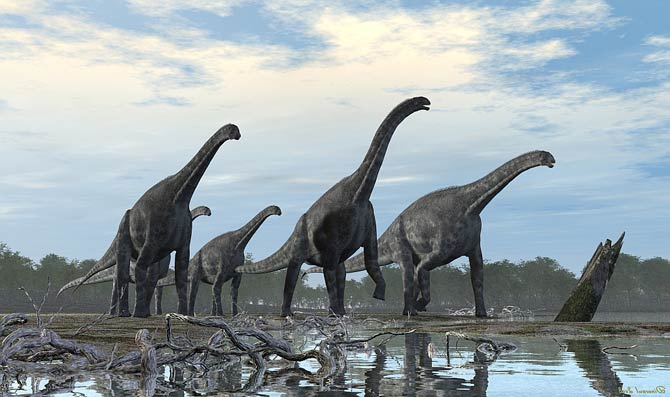
Cetiosaurus
The construction of the vertebrae was unique within the sauropods. The lateral articular processes of the extraordinarily massive vertebral bodies, which served as an approach for the back muscles, were small and short and not large and long extended as in later sauropods. In addition, the hollowing of the vertebrae, which is characteristic of the later forms, is missing. The hind legs were massive to carry the high body weight. The front legs were also more powerful than other early sauropods, such as the closely related Patagosaurus and Shunosaurus.
Length:
- 14-17 meters (46-56 ft)
Weight:
- 5-12 tons (depending on species)
- Previously it was suggested that it could weigh as much as 20-27 tons
Lived:
- Middle Jurassic, 167 million years ago
Food:
- Leaves of trees and ferns
Occurrence:
- England, Morocco
Classification
- Kingdom: Animalia
- Phylum: Chordata
- Clade: Dinosauria
- Clade: Saurischia
- Suborder: †Sauropodomorpha
- Clade: †Sauropoda
- Family: †Cetiosauridae
- Subfamily: †Cetiosaurinae
- Genus: †Cetiosaurus
- Species:
- †Cetiosaurus oxoniensis
- Cetiosaurus medius
- Cetiosaurus longus
- Cetiosaurus mogrebiensis
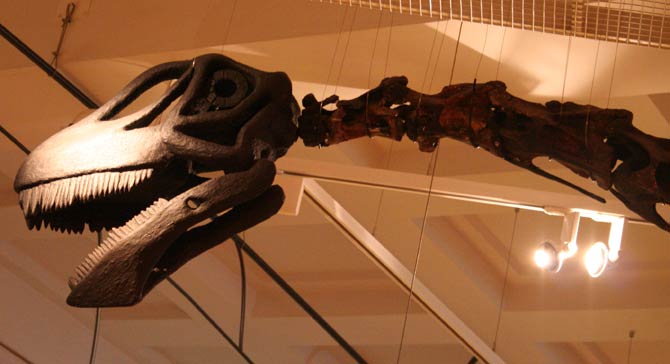
Recommended
- The longest dinosaurs. Sauropods Top 10
- The heaviest dinosaurs – Top 10
- The longest predatory dinosaurs. Theropods Top 10
- The heaviest predatory dinosaurs Top 10
- The longest Ornithischians (Ornithischia) TOP 10
- The heaviest Ornithischians Top 10
- The largest raptors (dromaeosaurs) Top 10
- The heaviest Dromaeosaurids / dromaeosaurs – Top 10
- The longest Ankylosaurus Top 10
- The heaviest Ankylosaurus Top 10
- The longest ceratopsians
- The heaviest cerapsians
- The longest and largest ornithopods
- The heaviest ornithopods Top 10
- The longest Stegosaurians (Stegosauria) TOP 10
- The heaviest Stegosaurians (Stegosauria) Top 10
- The smallest sauropods Top 10
- The smallest dinosaurs Top 10
- The largest pterosaurs Top 10
- Dinosaurs
- Dinosaurs database
- Predatory dinosaurs
- Animals & dinosaurs records
- The fastest animals – Top 100
- The fastest birds – Top 10

